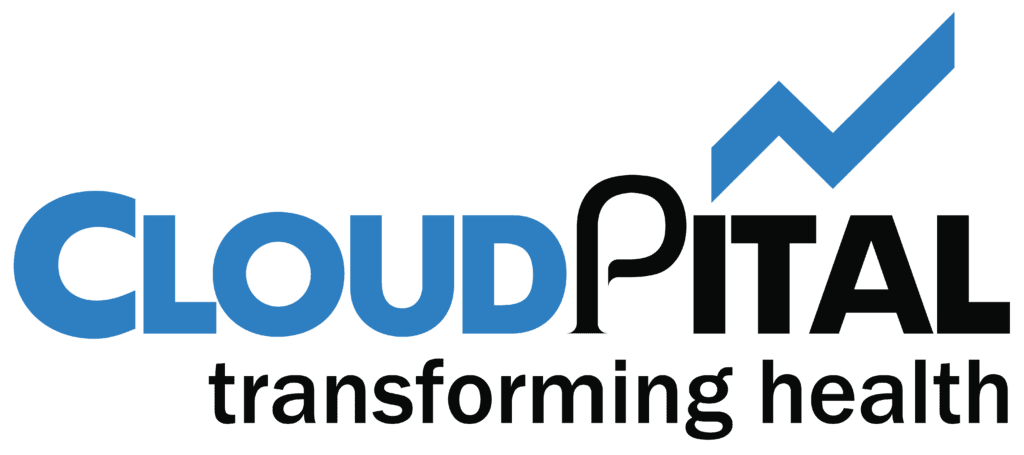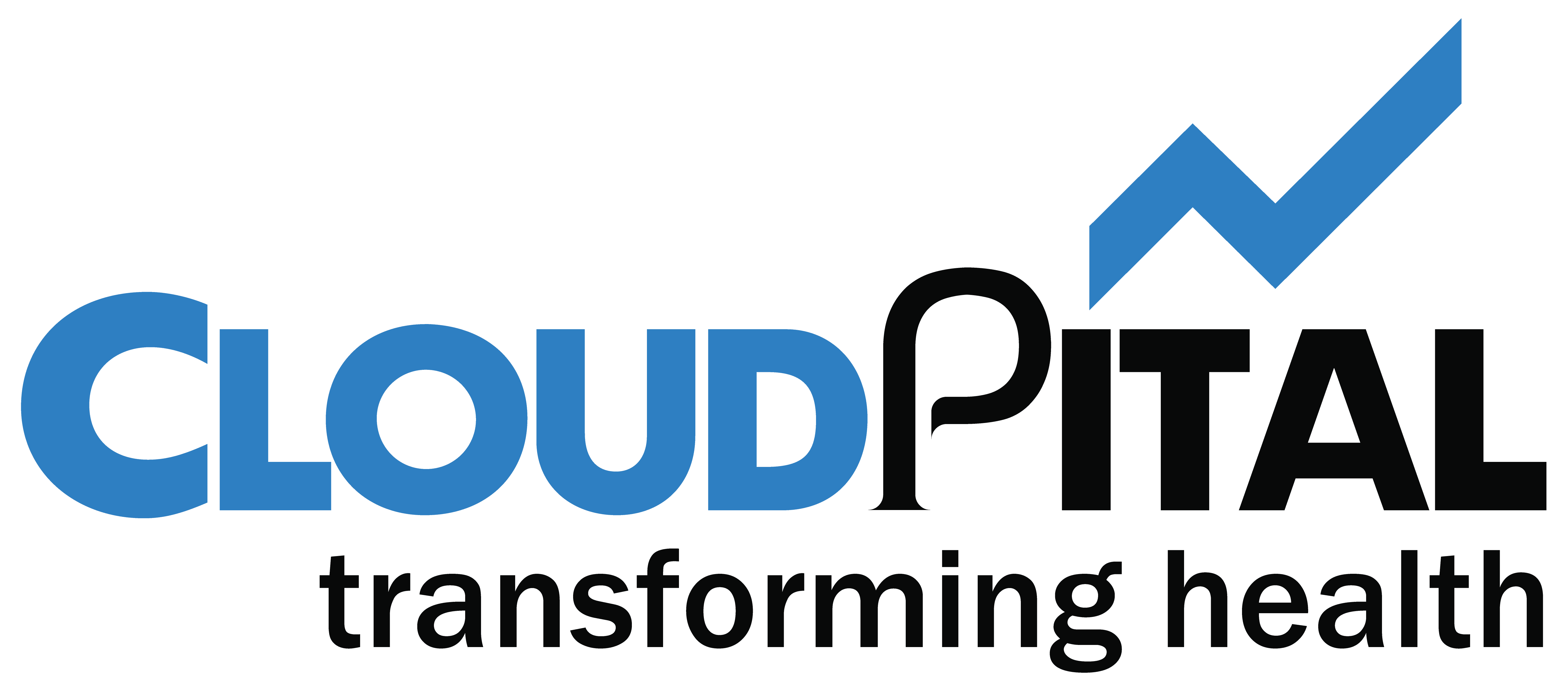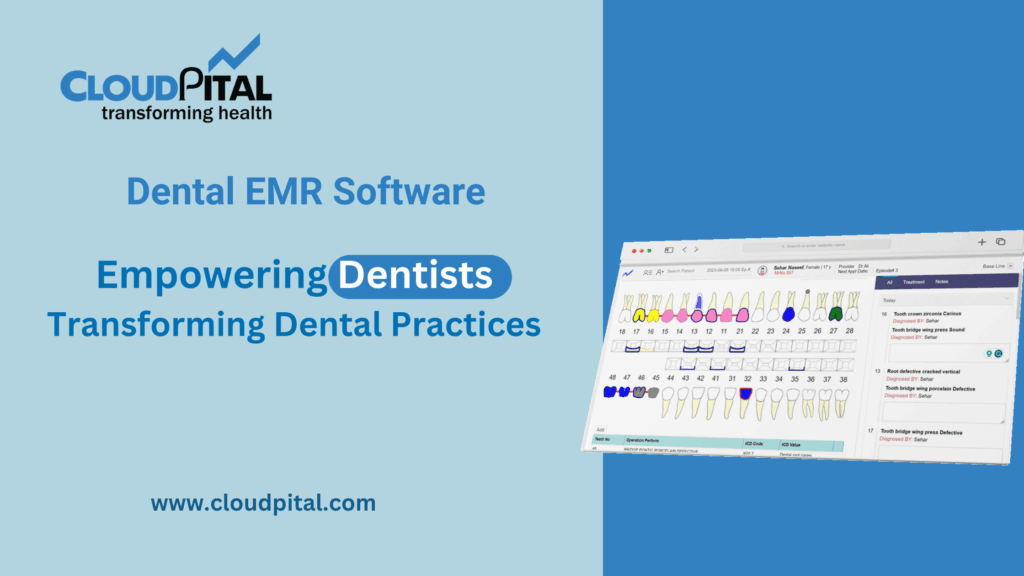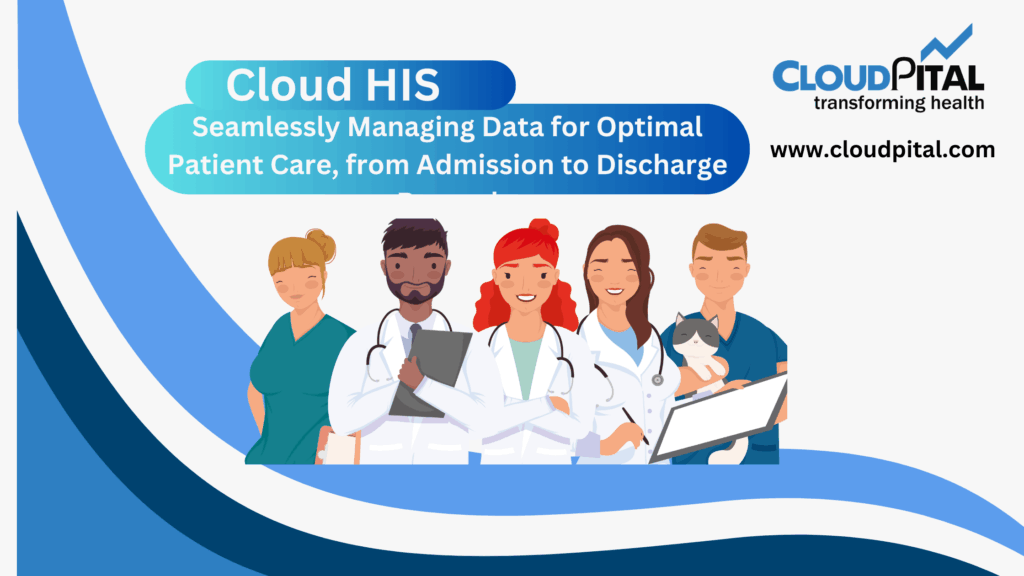Cloudpital # 1 is one of the top EMR Software systems providing high-quality patient care alongside operational efficiency is both a necessity and a challenge. Electronic Medical Records (EMR) software is one driving force behind this shift. EMRs are no longer simply electronic counterparts to paper charts—they’re intelligent, integrated applications that assist clinicians in making improved decisions, facilitating better communication, and providing tailored care.
Click to Start Whatsapp Chatbot with Sales
Mobile: +966547315697
Email: sales@bilytica.com
Cloudpital # 1 EMR Software
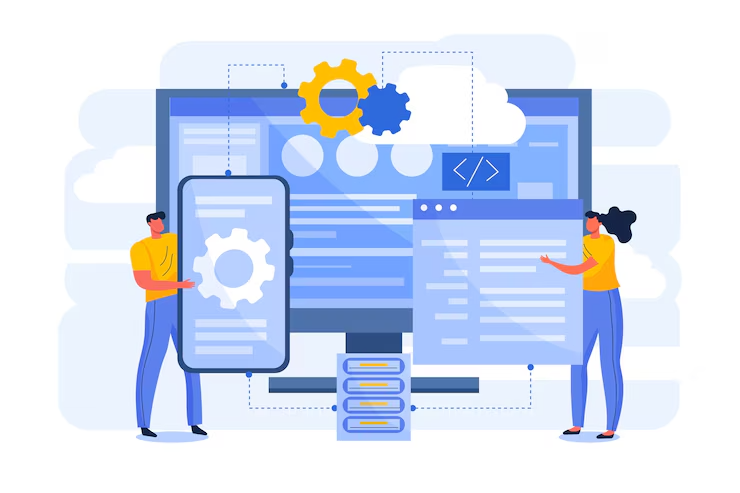
What is EMR Software?
Before diving into the benefits, it’s essential to understand what EMR software is.
EMR Software is an electronic application utilized by medical professionals to capture, manage, and store patients’ health records. It encompasses information such as medical history, diagnoses, treatment plans, immunization data, test results, prescriptions, and clinical notes. In contrast to Electronic Health Records (EHR), which are intended to be shared among multiple health systems, EMRs tend to remain in one healthcare practice.
Real-Time Access to Patient Information
Improved Decision-Making
Consider a doctor caring for a patient with an intricate history of chronic disease. With EMR software, prior diagnoses, laboratory tests, medication, and physician comments are present in real-time. Such easy access enables medical professionals to make better decisions on the spot—eliminating errors and delays that are not needed.
Coordinated Care
For patients visiting multiple specialists, EMR software facilitates internal sharing of data among a health network. When all members of a care team can view the same records, it improves coordination and continuity of care.
Clinically Streamlined Workflows
Automation of Administrative Work
Another significant headache in healthcare is administrative burden and documentation. EMR software automates activities such as:
- Appointment scheduling
- Medical billing and coding
- Prescription refills
- Insurance claims processing
By saving time on paperwork, clinicians have more time for interaction with patients—enhancing the experience and outcome.
Standardized Checklists and Templates
Numerous EMR platforms provide specialty-related templates and clinical checklists. Standardization eliminates variability in visit-to-visit documentation and mitigates oversight or omission in clinical assessment.
Enhancing Patient Safety
Warning of Medication Interactions and Alerts
EMRs frequently contain clinical decision support tools that alert to possible drug interactions, allergies, or dosage mistakes. These alerts can avoid severe adverse events and assist providers in prescribing the safest and most effective treatment.
Diagnostic Support
Certain EMRs are integrated with diagnostic equipment and employ AI-based algorithms to help identify conditions from symptoms, lab work, and patient history—improving diagnostic accuracy.
Reduced Duplication of Tests
Access to a patient’s entire test history eliminates redundant duplication of lab tests and imaging studies, conserving time, minimizing patient discomfort, and decreasing healthcare expenses.
Engaging Patients Through Portals
Patient portals are increasingly included with contemporary EMR Software—secure websites where patients can see their records, lab tests, prescriptions, and scheduled appointments. These portals:
- Foster transparency and trust
- Enable patients to communicate directly with their providers through messages
- Make medication adherence easier
- Encourage active engagement in treatment decisions
Empowered patients are more active participants in their own health journey, which results in improved outcomes and higher satisfaction.

Facilitating Data-Driven Clinical Decisions
Analytics and Reporting
HIS gather huge amounts of structured data. Physicians can leverage embedded analytics capabilities to:
- Recognize patterns in managing chronic diseases
- Track quality measures
- Monitor patients over time
- Compare performance against national benchmarks
This data-driven strategy enables evidence-based practice and quality improvement efforts.
Population Health Management
By examining composite EMR information, practices are able to actively manage patient populations—spotting high-risk individuals, applying prevention strategies, and avoiding hospital readmissions.
Facilitating Interdisciplinary Coordination
When it comes to team-based practice models, clear communication is imperative. EMRs allow physicians, nurses, pharmacists, and other allied healthcare providers to work together by:
- Presenting centrally available, updated records
- Making internal messaging possible securely
- Allowing multiple caregivers to document simultaneously
This approach eliminates information silos and facilitates more comprehensive, patient-focused care.
Facilitating Compliance and Legal Regulations
Embedded Regulatory Assistance
EMR solutions assist practitioners with compliance with health regulations such as HIPAA, MACRA, and Meaningful Use. EMRs incorporate aspects such as:
- Role-based access controls
- Audit trails for accessing data
- Automatic reminders for screenings and follow-ups
With precise, readable, and comprehensive records, EMRs also serve to protect legally during audits or in case of malpractice claims.
Adjustment to Telehealth and Remote Healthcare
Telemedicine growth has stretched the function of EMRs. Numerous systems currently connect to virtual care platforms so that clinicians can:
- Document visits in real-time
- Share images, test results, and files
- Coordinate remote follow-up and monitoring
Such easy integration helps facilitate continuity of care, even if patients are treated from home or in distant time zones.
Real-World Example: A Day in the Life with EMR
Think about a busy primary care practice with Appointments Scheduling. During a single day, a doctor:
- Views a diabetic patient’s lab results prior to the visit
- Gets a drug interaction warning while prescribing a new medication
- Electronically sends a referral to a cardiologist
- Dictates visit notes into the system with voice recognition
- Fills out billing codes in a few clicks
- Sends educational information to the patient through the portal
All of this is accomplished effectively without paper, fax machines, or manual filing. The payoff? Improved patient care, reduced errors, and an organized practice.
Conclusion
The adoption of EMR software into healthcare practices represents a major milestone toward more intelligent, safer, and more effective care. By providing real-time access to patient information, streamlining routine tasks, and facilitating improved communication, EMRs are transforming the way clinicians work and patients receive care.
No system is flawless—and implementation does present difficulties—but the long-term gains for patient care and for clinical efficiency cannot be denied. As the healthcare landscape continues to change, EMR technology will become even more crucial in informing high-performing, patient-focused practices.
Click to Start Whatsapp Chatbot with Sales
Mobile: +966547315697
Email: sales@bilytica.com
EMR Software enhance patient care and clinical efficiency similar software solutions prices were updated on 2025-10-28T22:17:52+00:00 in Saudi Arabia in Mecca, Medina, Riyadh, Khamis Mushait, Yanbu, Jeddah, Dammam, Unaizah, Uqair, Ha’il, Ta if, Al Bahah, Dhahran, King Abdullah Economic City, Najran, Diriyah, Qatif, Khafji, Jubail, Abqaiq, List of Cities and Towns in Saudi Arabia, Ras Tanura, Turubah, Jazan Economic City, Knowledge Economic City, Medina, Khobar, Abha, Tabuk, Saudi Arabia, similar software solutions prices were updated on 2025-10-28T22:17:52+00:00 We also provide in Saudi Arabia services solutions company in Hafar Al-Batin, Udhailiyah, Al-Awamiyah, Hofuf, Hautat Sudair, Buraidah, Tayma, Duba, ‘uyayna, Saihat, Al-Kharj, Al-ula, Jizan, Rumailah, Ar Rass, Arar, Shaybah, Al Majma’ah, Rabigh, Dhurma, Haradh, List of Saudi Cities by Gdp Per Capita, Badr, Sudair Industrial City, Baljurashi, Shaqraa, Al-Khutt, Habala, Ad Dawadimi, Dawadmi, Layla, similar software solutions prices were updated on 2025-10-28T22:17:52+00:00 Price is SAR 100 and this was updated on updated on 2025-10-28T22:17:52+00:00 similar EMR Software enhance patient care and clinical efficiency software solutions prices were updated on 2025-10-28T22:17:52+00:00 in Saudi Arabia in Haql, Afif, Al-Abwa, Farasan, Al-Jaroudiya, Thadig, Al-Thuqbah, Al Wajh, Almardmah, Al-Zilfi, Muzahmiyya, Prince Abdul Aziz Bin Mousaed Economic City, Tharmada’a, Skaka, Um Al-Sahek, Sharurah, Tanomah, Bisha, Dahaban, Al Qunfudhah, Qurayyat, Saudi Arabia, Ha’ir, as Sulayyil, Al Lith, Turaif, Al-Gway’iyyah, Samtah, Wadi Ad-Dawasir, Az Zaimah, Safwa City, Jalajil, Harmah, Mastoorah, Hotat Bani Tamim, Jabal Umm Al Ru’us, Rafha, Qaisumah, Al-Ghat, Hajrah, Al-Hareeq. Excerpt: Jeddah (also spelled Jiddah, Jidda, or Jedda; Arabic: Jidda) is a Saudi Arabian city located on the coast of the Red Sea and is the major urban center of western Saudi Arabia similar software solutions prices were updated on 2025-10-28T22:17:52+00:00 Price is SAR 100 and this was updated on updated on 2025-10-28T22:17:52+00:00
